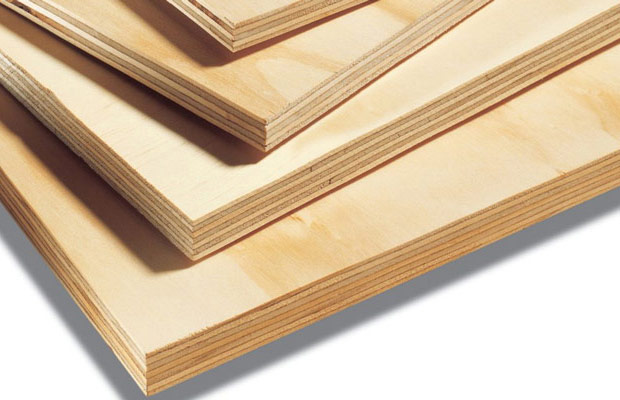Currently, the wood flooring industry is developing constantly. More and more types of flooring are born to meet the diverse requirements of users. In particular, Plywood flooring is quite a popular material. Plywood flooring was first introduced to the market in the 1980s in the US, by about 1990 this type of plywood was produced in Vietnamese factories and quickly gained the trust of users.
With the variety of origins of Plywood panels, users can have many suitable options for their home. However, also because there are so many products, it leads to confusion for buyers when they cannot distinguish which is a standard Plywood flooring and which is a poor Plywood flooring. This type of flooring has an uncomplicated production stage, so many small manufacturers can imitate the process to produce substandard boards. Normally, Plywood floorings imported from foreign countries or domestic floorings manufactured on modern technological lines will produce better quality. Therefore, when choosing to buy Plywood flooring, you should pay attention to how to distinguish good quality standard flooring to make the right choice.

Firstly: observed with the naked eye and felt by hand, a good Plywood floor must have a smooth surface that meets high aesthetics. The panels are pitted, with many wood fibers on the surface, etc., which have not been treated, will feel rough to the touch, causing visual loss as well as discomfort when moving.
Second: the layers of inlaid wood cores must be uniform, with equal thickness to ensure uniform distribution of impact force, without causing abnormal protrusions when subjected to impact forces. Panels with uneven layers also lead to easy warping and swelling because they are not flat, creating openings for the wood to expand.
Third: the laminated layers must be closely linked together, tightly sealed with no gaps to ensure that the floor does not peel off when absorbed by water or impact force. The slits also create conditions for dirt to enter, and if not cleaned for a long time, it will form stubborn stains that are unsightly and contain many potential health risks.
Finally: the wooden floor surface must be smooth, beautiful, without cracks, grooves. In particular, in the type of veneer floor, you must observe carefully to ensure aesthetics, ensure the ability to prevent water from seeping from the surface and dirt from entering the slots. It is best to choose floors that are covered with a glossy surface to create a protective layer against scratches and water.
